Non-Banking Financial Companies (NBFCs) have emerged as pivotal institutions within the Indian financial ecosystem. By providing tailored financial services to underserved and unbanked populations, they bridge critical credit gaps left by conventional banks. Their contributions span across sectors such as retail lending, housing finance, infrastructure funding, and small business support. However, as NBFCs have grown in scale and significance, their systemic interconnectedness has increased, making it vital to implement strong regulatory oversight. The Reserve Bank of India (RBI), in its role as the apex financial regulator, has continually revised and strengthened its framework to mitigate potential risks and foster a secure financial environment.
What are NBFCs?
NBFCs are companies registered under the Companies Act that provide financial services similar to those offered by banks, with a few exceptions. They cannot accept demand deposits or issue cheques drawn on themselves, which distinguishes them from traditional banks. Despite this, they perform essential functions such as lending, investment, asset financing, leasing, and microfinance. Examples include Micro Finance Institutions (MFIs), Infrastructure Finance Companies (IFCs), and Investment and Credit Companies (ICCs). Their flexible structures and niche focus have enabled them to cater to segments often overlooked by formal banking channels. Given their integral role, RBI has brought them under a comprehensive and evolving regulatory framework.
Historical Evolution of NBFC Regulation
The regulation of NBFCs has transformed dramatically over the decades. Initially governed by the Companies Act, NBFCs remained largely unregulated until the 1990s, when financial irregularities and failures necessitated stricter control. The RBI Act was amended in 1997, granting RBI the authority to regulate and supervise NBFCs. Over time, the regulatory landscape has expanded to include prudential norms, corporate governance standards, and sector-specific guidance. Key developments include the introduction of prudential norms in 2006, changes to NBFC categorization in 2014, and the roll-out of the Scale-Based Regulation (SBR) framework in 2021. These progressive steps aim to bring transparency, accountability, and resilience to the NBFC sector.
Registration and Classification of NBFCs
Every NBFC must obtain a Certificate of Registration from the RBI before commencing operations. The eligibility criteria include having a minimum Net Owned Fund (NOF) of Rs. 2 crore, among other financial and operational benchmarks. Based on their liability profile, NBFCs are broadly divided into Deposit-taking NBFCs (NBFC-D) and Non-Deposit-taking NBFCs (NBFC-ND). RBI further classifies them into specialized categories such as NBFC-MFI, NBFC-ICC, NBFC-Housing Finance Companies (HFCs), and NBFC-Infrastructure Debt Funds (IDFs), depending on their focus areas and risk exposure. This classification aids in targeted supervision and the application of relevant regulatory norms.
You can check the different types of NBFCs also.
Scale-Based Regulatory (SBR) Framework
Introduced in 2021, the SBR framework reflects RBI’s intent to adopt a more calibrated, risk-sensitive approach to NBFC regulation. This four-tiered model categorizes NBFCs into:
-
Base Layer: Consisting of smaller NBFCs engaged in low-risk activities. These entities are subject to lighter regulation.
-
Middle Layer: Includes larger NBFCs that pose moderate risk. These are subject to stricter prudential norms and reporting standards.
-
Upper Layer: Comprises systemically important NBFCs selected by RBI based on scoring methodology and risk indicators. Enhanced governance, disclosure, and capital requirements apply here.
-
Top Layer: Reserved for exceptional cases where NBFCs in the Upper Layer show excessive risk buildup. No NBFC currently exists in this category, but RBI retains the option to enforce the strictest oversight when necessary. This structure ensures proportional regulation while promoting market discipline and institutional resilience.
Prudential Norms and Capital Adequacy
Prudential norms serve as financial safeguards to ensure NBFCs operate in a sound and sustainable manner. These guidelines cover key areas such as income recognition, asset classification, provisioning for non-performing assets (NPAs), and exposure limits. A fundamental requirement is the maintenance of a minimum Capital to Risk-Weighted Assets Ratio (CRAR) of 15%, which ensures that NBFCs have a sufficient equity buffer to absorb losses. Additionally, limits on borrowing and exposure to single and group borrowers are imposed to curb concentration risk. These prudential checks are instrumental in maintaining the solvency and liquidity of NBFCs, especially during financial downturns.
Corporate Governance and Fit and Proper Criteria
Sound corporate governance is essential for maintaining stakeholder trust and institutional integrity. The RBI mandates that directors and key managerial personnel of NBFCs must meet 'fit and proper' criteria, including checks on financial integrity, competence, and relevant experience. To enhance oversight and accountability, NBFCs especially those in the Middle and Upper Layers must implement the following:
-
Audit Committee: Responsible for monitoring internal financial controls, statutory compliance, auditing procedures, and risk management practices. It plays a vital role in ensuring financial accuracy and preventing fraud.
-
Risk Management Committee: Entrusted with assessing various types of risks, including credit, market, operational, and liquidity risks. This committee also develops strategies to mitigate these risks effectively.
-
Nomination and Remuneration Committee: Reviews board appointments and evaluates performance. It ensures fair and transparent hiring practices and aligns compensation with long-term organizational goals.
-
Disclosure and Transparency Requirements: Mandates the regular publication of financial statements, governance structures, and operational policies. This enhances accountability and stakeholder confidence.
-
Internal Audit Systems: Internal audits provide independent assurance that governance, risk management, and internal control processes are operating effectively. They help in identifying and rectifying potential issues proactively. These measures help align the interests of stakeholders, minimize operational risks, and ensure strategic decision-making is in the best interest of financial stability.
Fair Practices Code and Customer Protection
To ensure ethical conduct and customer-centric services, NBFCs are required to formulate and implement a Fair Practices Code (FPC). The FPC aims to standardize customer interaction protocols and mandates the following:
-
Transparency in Loan Agreements: NBFCs must provide borrowers with complete loan terms including interest rates, processing charges, foreclosure clauses, and penal interest policies.
-
Informed Consent: All terms must be clearly explained, ensuring that customers voluntarily agree and fully understand their commitments.
-
Non-Discriminatory Practices: NBFCs must extend credit without discrimination based on race, religion, gender, or socio-economic background, ensuring equitable financial inclusion.
-
Grievance Redressal Mechanism: NBFCs are required to appoint a Grievance Redressal Officer whose contact details should be prominently displayed. There must be a defined escalation matrix to resolve disputes effectively.
-
Customer Awareness Initiatives: NBFCs are expected to conduct regular financial literacy campaigns, especially targeting borrowers in rural and semi-urban areas.
-
Ombudsman Scheme Extension: RBI’s extension of the Ombudsman Scheme to NBFCs allows customers to escalate unresolved complaints to an independent authority, thereby enhancing customer protection. These provisions are particularly crucial in the microfinance and digital lending sectors, where borrowers may lack financial literacy or bargaining power. Collectively, these efforts foster trust and ensure that NBFCs serve their clientele with fairness and accountability.
Know Your Customer (KYC) and Anti-Money Laundering (AML) Norms
NBFCs are key players in India’s financial system and are therefore obligated to comply with complete KYC and AML norms as per the Prevention of Money Laundering Act (PMLA). RBI requires NBFCs to adopt a risk-based KYC approach, conduct regular customer due diligence, and monitor transactions for suspicious activity. With digital lending gaining ground, RBI has also permitted the use of e-KYC and Aadhaar-based verification, making the process seamless and efficient. These measures help in mitigating risks related to identity fraud, money laundering, and terrorism financing, thus protecting the financial ecosystem.
Supervision, Inspection, and Reporting Requirements
RBI adopts a robust supervision mechanism to monitor NBFC compliance through both on-site inspections and off-site surveillance. Inspections are conducted under the Risk-Based Supervision (RBS) framework, which evaluates financial health, internal controls, risk management, and corporate governance. NBFCs must submit periodic returns, financial statements, and compliance reports via portals like COSMOS and XBRL. These data points help RBI identify red flags early and take corrective actions as needed. Non-compliance can result in monetary penalties, business restrictions, or even revocation of the NBFC’s registration.
Digital Lending Guidelines and Fintech Regulations
As fintech-driven NBFCs grow in prominence, RBI has responded with specialized guidelines to address risks unique to digital lending. The Digital Lending Guidelines introduced in 2022 require that all loan disbursals and repayments be routed directly through the bank accounts of borrowers and regulated entities to enhance transparency. Lending Service Providers (LSPs), which facilitate digital loans on behalf of NBFCs, must follow strict operational and disclosure norms. RBI has also introduced a regulatory sandbox that enables fintech firms to test innovative products in a controlled environment. These initiatives ensure that technological advancements in lending are aligned with regulatory standards and customer interests.
Challenges and the Way Forward
Despite the complete framework, NBFCs continue to face challenges such as asset-liability mismatches, funding constraints, and lapses in governance. High-profile failures like IL&FS and DHFL highlighted the need for stronger due diligence, timely regulatory intervention, and enhanced transparency. The RBI is expected to further refine the SBR framework, improve stress-testing methodologies, and encourage NBFCs to diversify funding sources. Promoting financial inclusion while safeguarding systemic integrity remains the core objective. Going forward, greater collaboration between regulators, market participants, and technology providers will be essential to build a resilient and inclusive NBFC sector.
Conclusion
The RBI’s regulatory framework for NBFCs is both comprehensive and adaptive, designed to evolve with the changing financial landscape. By establishing multiple layers of oversight, enforcing strong governance norms, and promoting responsible innovation, RBI ensures that NBFCs continue to thrive without compromising systemic stability. As NBFCs expand their footprint and adopt new technologies, continued regulatory vigilance will be key to maintaining trust, minimizing risk, and supporting India’s broader economic goals.
FAQs
Q1. What is the minimum capital requirement for NBFC registration?
Ans. A minimum Net Owned Fund (NOF) of Rs. 10 crore is required.
Q2. What are the types of NBFCs regulated by RBI?
Ans. NBFC-MFI, NBFC-ICC, NBFC-HFC, NBFC-IDF, etc.
Q3. What does the SBR framework classify NBFCs into?
Ans. Base Layer, Middle Layer, Upper Layer, and Top Layer.
Q4. Are NBFCs allowed to accept demand deposits?
Ans. No, NBFCs are not permitted to accept demand deposits.
Q5. What are 'fit and proper' criteria?
Ans. These are standards for directors’ and key personnel’s integrity, experience, and competence.
Q6. What does the Fair Practices Code mandate?
Ans. Transparency, informed consent, grievance redressal, and non-discriminatory practices.
Q7. Are NBFCs covered under the Ombudsman Scheme?
Ans. Yes, RBI has extended this scheme to NBFCs.
Q8. What are key KYC and AML obligations for NBFCs?
Ans. Customer due diligence, transaction monitoring, and risk-based KYC.
Q9. What is the purpose of RBI’s regulatory sandbox?
Ans. To test fintech innovations in a controlled regulatory environment.
Q10. Can RBI penalize non-compliant NBFCs?
Ans. Yes, through fines, restrictions, or cancellation of registration.











































































_crop10_thumb.jpg)


































































_crop10_thumb.jpg)
_crop10_thumb.jpg)



_crop10_thumb.jpg)


_crop10_thumb.jpg)





_crop10_thumb.jpg)

_crop10_thumb.jpg)














-suratgujarat-section-158_crop10_thumb.jpg)
-suratgujarat_crop10_thumb.jpg)
-(33)_crop10_thumb.jpg)



-ahmedabad_crop10_thumb.jpg)
-learn_crop10_thumb.jpg)

-learnn_crop10_thumb.jpg)



























































_crop10_thumb.jpg)























_Guidelines_learn_crop10_thumb.jpg)























_learn_crop10_thumb.jpg)
_crop10_thumb.jpeg)










_crop10_thumb.jpg)




_Second_Amendment_Rules,_2025_learn_crop10_thumb.jpg)







_learn_crop10_thumb.jpg)































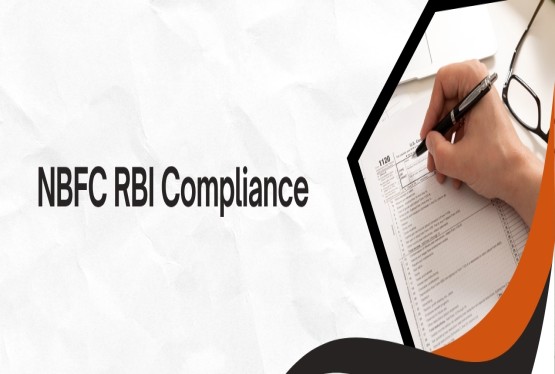
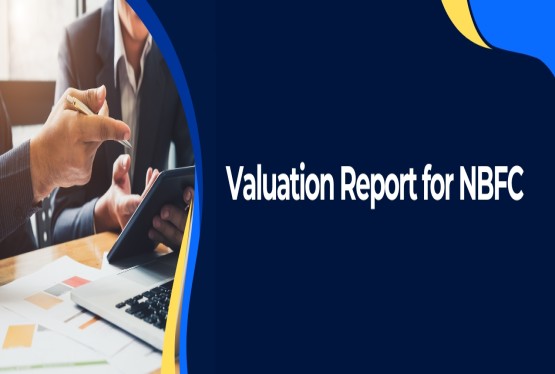










_learn_crop10_thumb.jpeg)

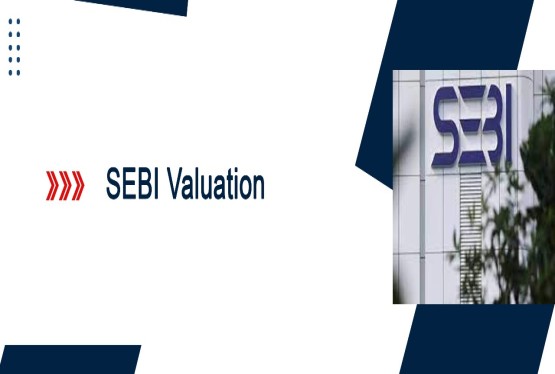


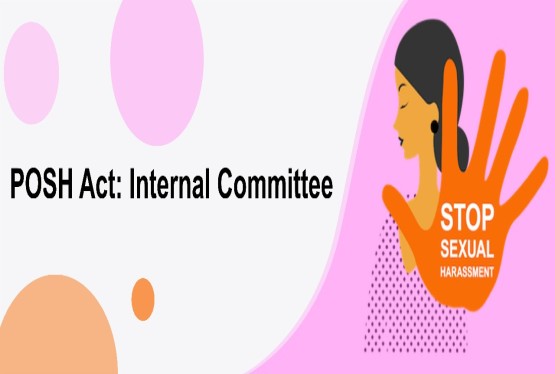




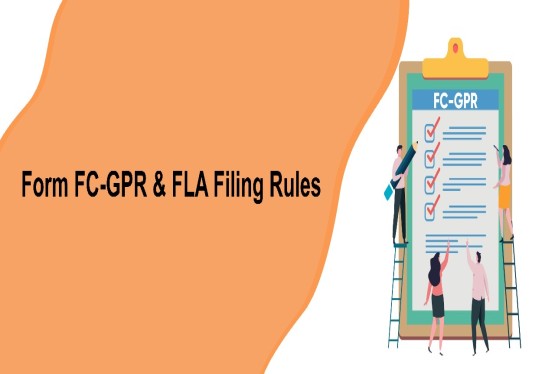



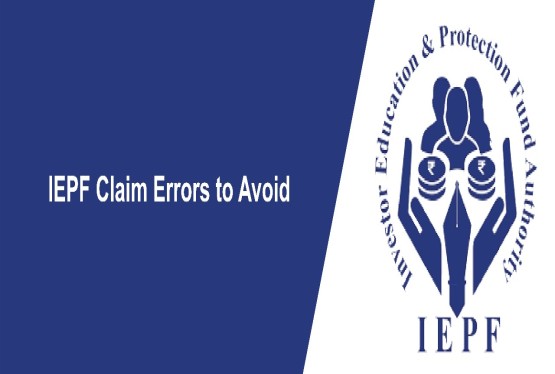


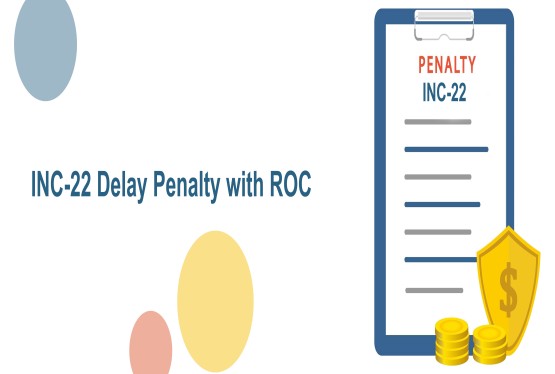


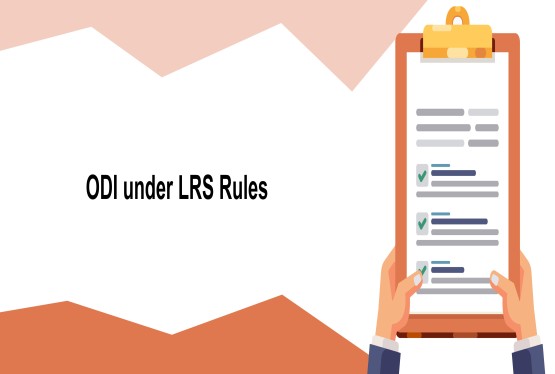
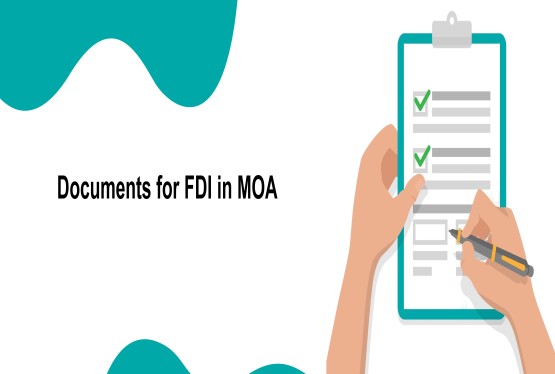


_learn_crop10_thumb.jpg)



_rd_roc_learn_crop10_thumb.jpg)




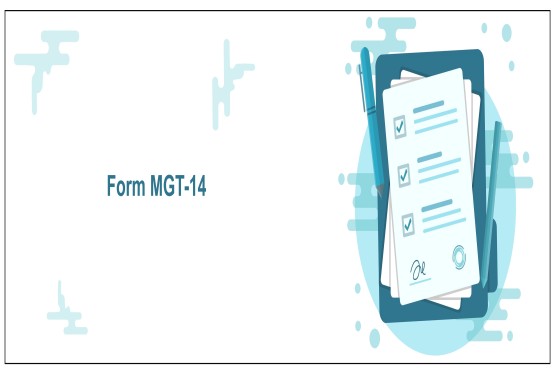
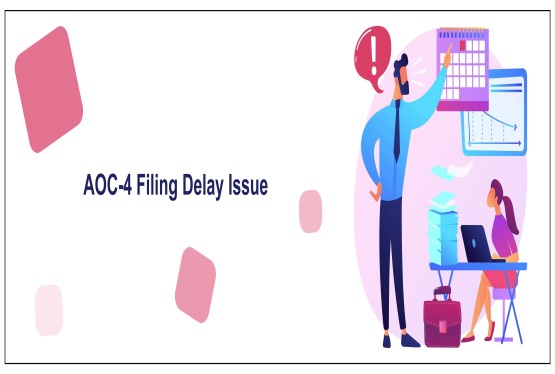
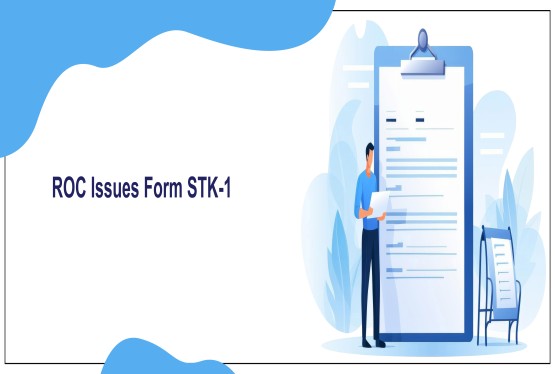








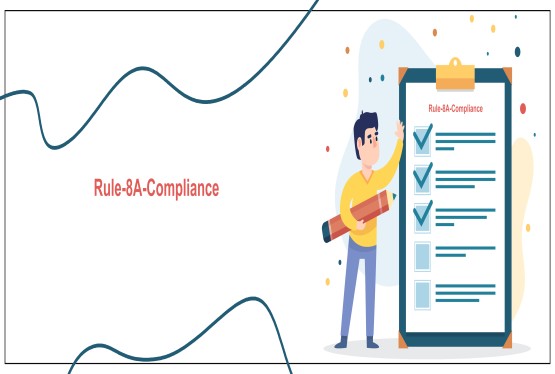
_learn_crop10_thumb.jpg)
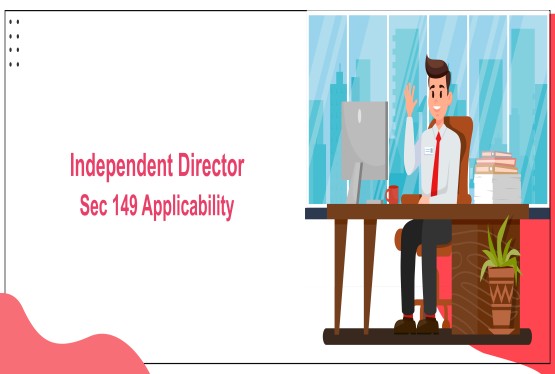
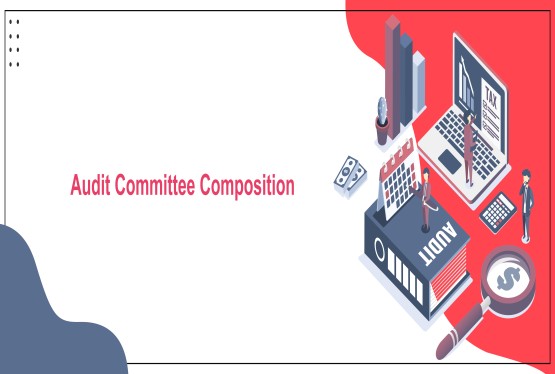
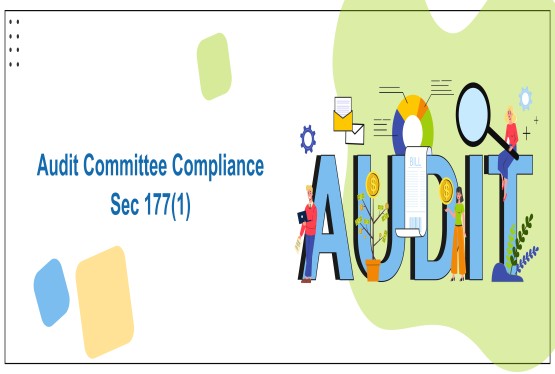



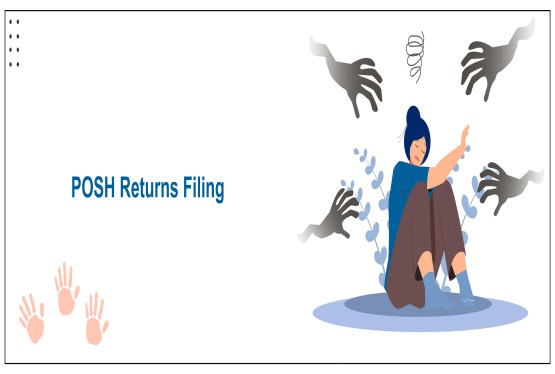
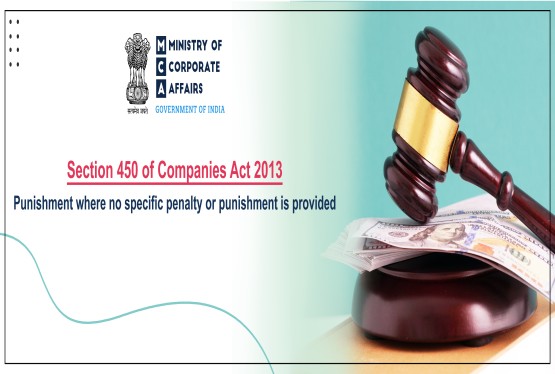

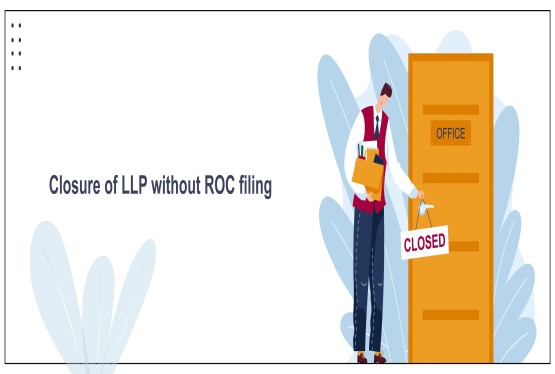
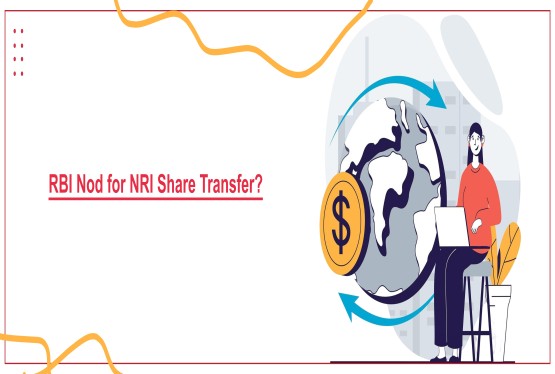

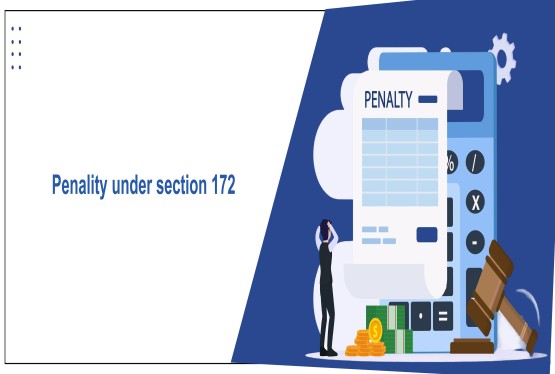

_learn_crop10_thumb.jpg)
_Learn_crop10_thumb.jpg)


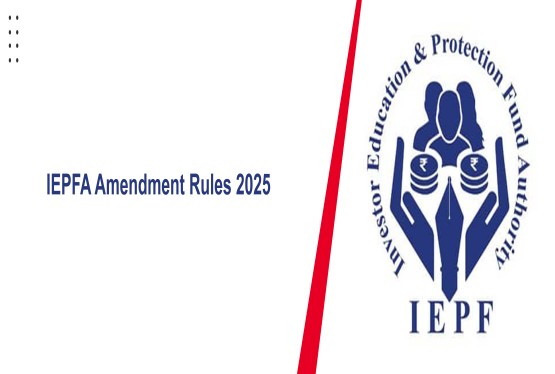







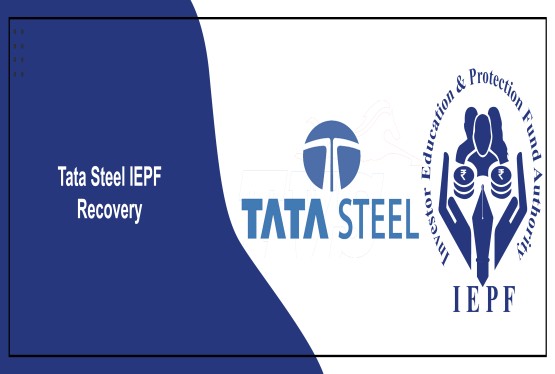
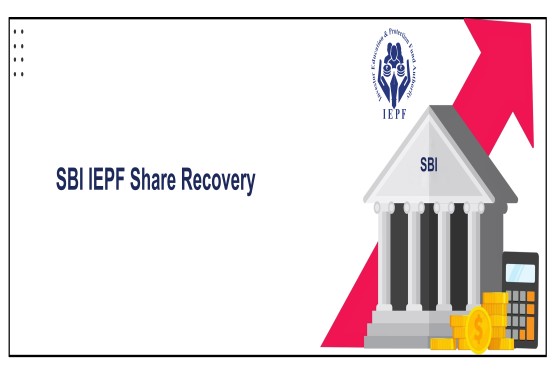



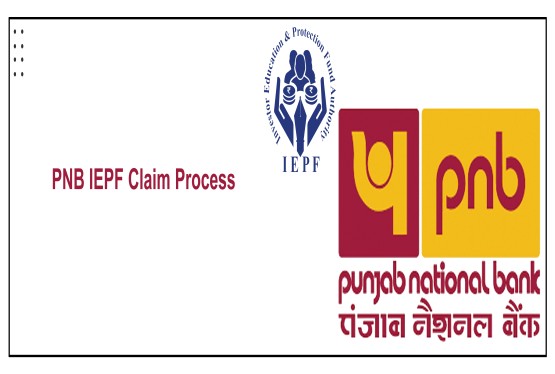





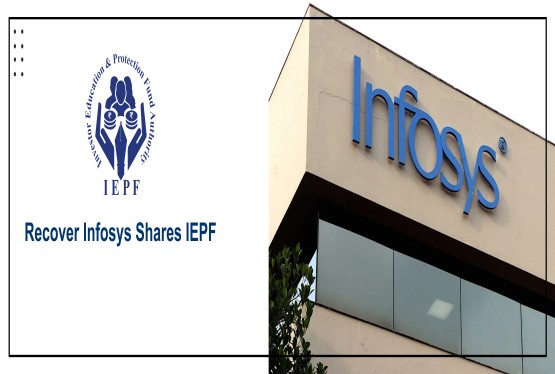


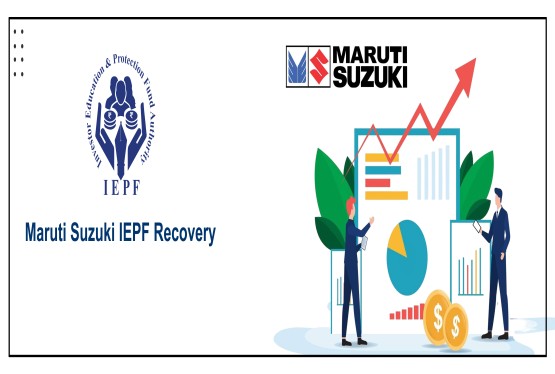


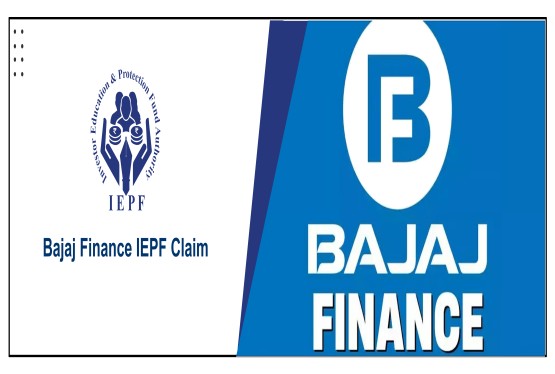
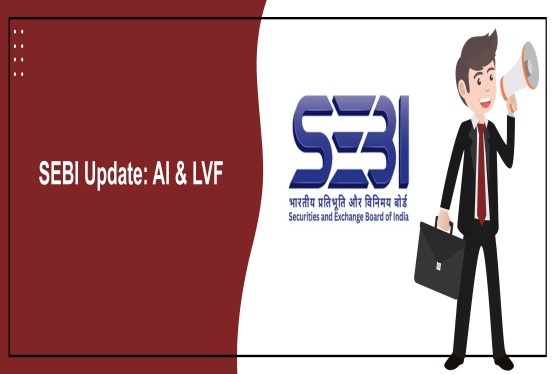






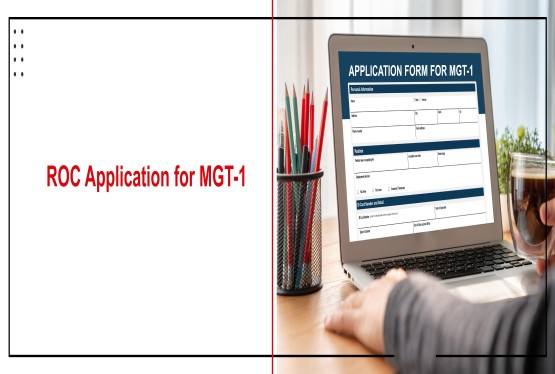



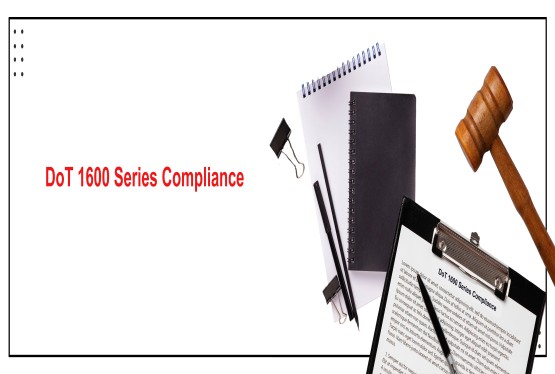
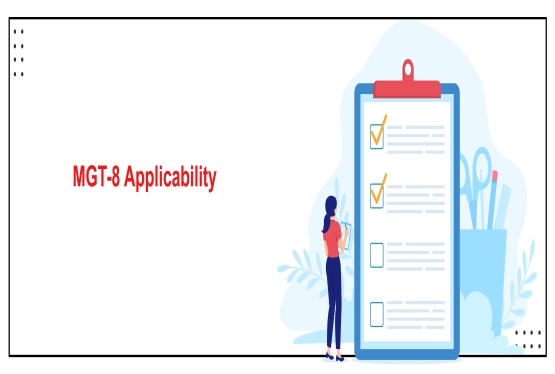


_learn_crop10_thumb.jpg)

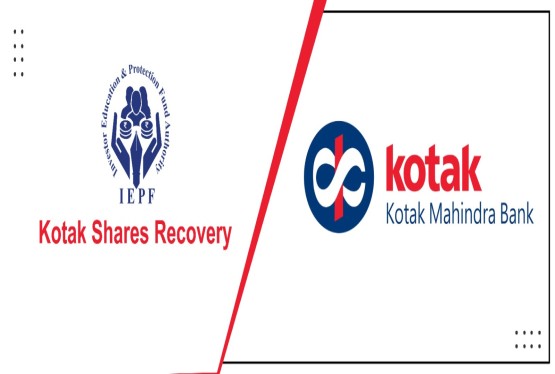


_learn_crop10_thumb.jpg)
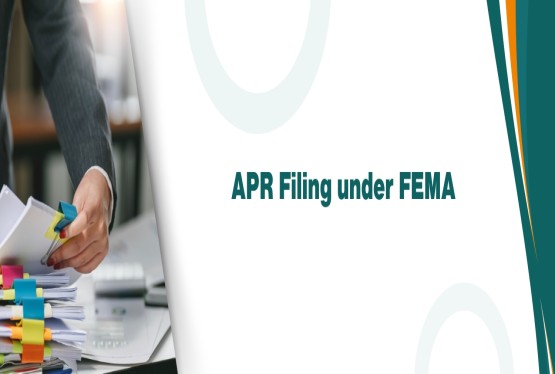
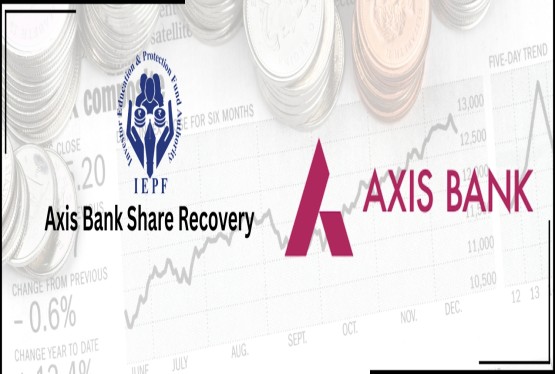







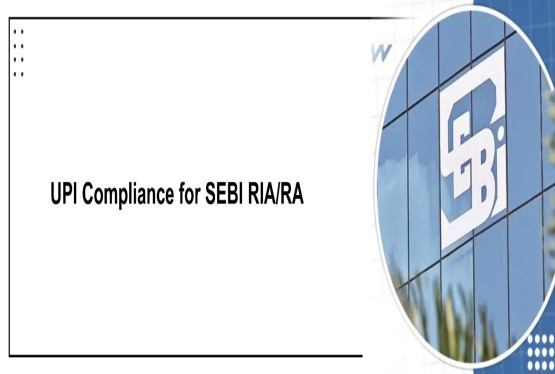



_crop10_thumb.jpeg)
